Tag: study

Pediatric Critical Care Study Guide: Text and Review
This is the first comprehensive study guide covering all aspects of pediatric critical care medicine. It fills a void that exists in learning resources currently available to pediatric critical care practitioners. The major... read more
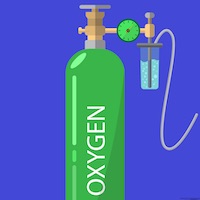
Effect of High-Flow Oxygen Therapy vs Conventional Oxygen Therapy on Invasive Mechanical Ventilation and Clinical Recovery in Patients With Severe COVID-19
An overall good trial that supports the use of high flow oxygen therapy in patients with Severe COVID-19. Randomized controlled trial conducted across three centers in Columbia over 5 months from August 2020 to January... read more
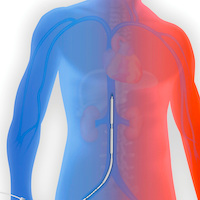
Targeted Temperature Management in Adult Cardiac Arrest
Among adult patients with cardiac arrest, the use of targeted temperature management at 32–34 °C, when compared to normothermia, did not result in improved outcomes in this meta-analysis. There was no effect of initiating... read more

Without POCUS we are Failing our CHF Patients
In its most basic sense, the physical exam is a method of inferring the state of health of the internal organs. For two centuries, it has been accomplished through auscultation, inspection, palpation, and percussion. These... read more
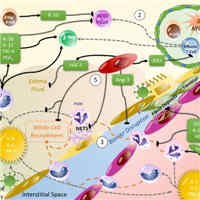
Mesenchymal Stem/Stromal Cell-based Therapies for Severe Viral Pneumonia
Severe viral pneumonia is a significant cause of morbidity and mortality globally, whether due to outbreaks of endemic viruses, periodic viral epidemics, or the rarer but devastating global viral pandemics. While limited... read more

Respiratory Drive in Sepsis and Septic Shock Patients: Modulation by High-flow Nasal Cannula
Patients with sepsis and septic shock of extrapulmonary origin present elevated respiratory drive and effort, which can be effectively reduced by high-flow nasal cannula. 25 nonintubated patients with extrapulmonary sepsis... read more

Early Mortality Prediction in Sepsis Patients Using Structured Features and Unstructured Clinical Notes
Sepsis is an important cause of mortality, especially in intensive care unit (ICU) patients. Developing novel methods to identify early mortality is critical for improving survival outcomes in sepsis patients. Using the... read more
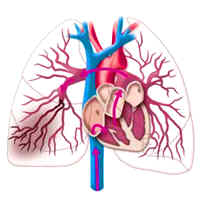
Subsegmental Pulmonary Embolism Increased Rate of Recurrent VTE
Overall, patients with subsegmental pulmonary embolism who did not have proximal deep venous thrombosis had a higher-than-expected rate of recurrent venous thromboembolism (VTE). Recruitment was stopped prematurely because... read more

Loading and Increasing Vancomycin Dose Frequency Not Advantageous for Gram-Positive Sepsis in Infants
The efficacy of a vancomycin loading dose with more frequent dosing and shorter duration of treatment was comparable to standard dosing regimens for gram-positive sepsis in infants but with heightened risk for impaired hearing,... read more
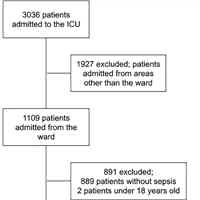
Fever is Associated with Reduced Mortality in ICU Patients with Sepsis
To evaluate the association of body temperature with mortality in septic patients admitted to the ICU from the ward. In addition, we intend to investigate whether the timing of antibiotic administration was different... read more
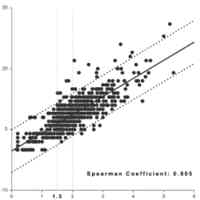
Which Injured Patients with Moderate Fibrinogen Deficit Need Fibrinogen Supplementation?
We have shown in this study an association between shock parameters and fibrinogen administration. Further studies are needed to determine how these parameters may be used to guide fibrinogen administration in trauma patients... read more

Et Tu, Calcium?
We know our core medications for ACLS (epinephrine, amiodarone, lidocaine) but what is the role of other medications, like calcium? We know calcium can be used in the non-ACLS setting for hyperkalemia to prevent or treat... read more
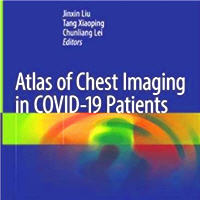
Atlas of Chest Imaging in COVID-19 Patients
This book presents X-ray and CT findings of patients with 2019 Novel Coronavirus (2019-nCoV) pneumonia in early, progressive, critical, and recover stage. It starts with a general review of CT features of new coronavirus... read more
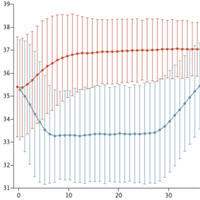
Hypothermia vs Normothermia for Out-of-Hospital Cardiac Arrest
Hypothermia was first introduced in 2002 by two studies, Bernard et al and The Hypothermia After Cardiac Arrest (HACA) trial. The latter, although a small trial, showed improved neurologic outcomes at six months when patients... read more








